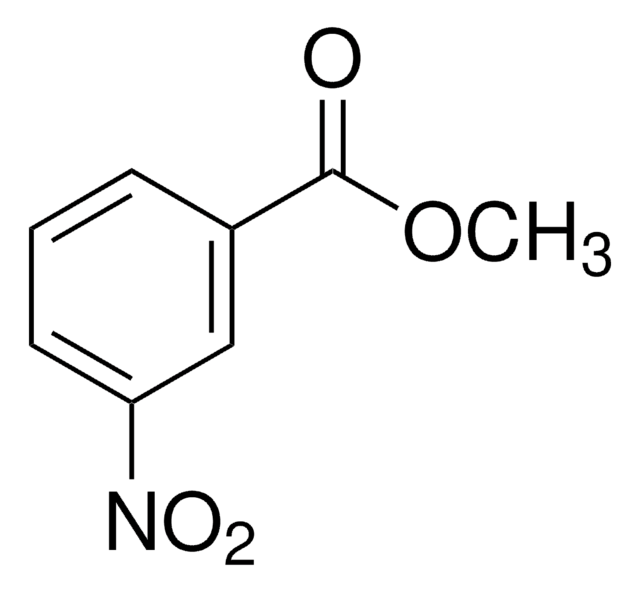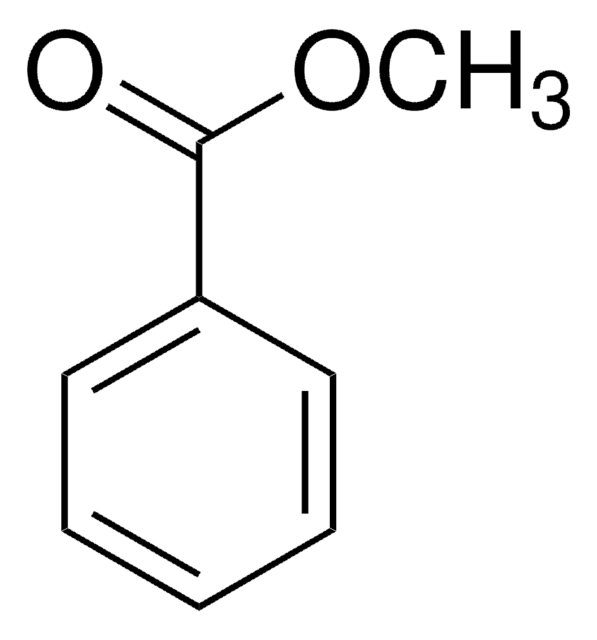21-1620
Nitric acid
SAJ first grade, 69-70%, density: 1.42
Sign Into View Organizational & Contract Pricing
All Photos(1)
About This Item
Empirical Formula (Hill Notation):
HNO3
CAS Number:
Molecular Weight:
63.01
MDL number:
UNSPSC Code:
12352106
PubChem Substance ID:
grade:
SAJ first grade
Recommended Products
grade
SAJ first grade
Assay
69-70%
form
liquid
availability
available only in Japan
density
1.42
SMILES string
O[N+]([O-])=O
InChI
1S/HNO3/c2-1(3)4/h(H,2,3,4)
InChI key
GRYLNZFGIOXLOG-UHFFFAOYSA-N
Looking for similar products? Visit Product Comparison Guide
Signal Word
Danger
Hazard Statements
Precautionary Statements
Hazard Classifications
Acute Tox. 3 Inhalation - Eye Dam. 1 - Met. Corr. 1 - Ox. Liq. 3 - Skin Corr. 1A
Supplementary Hazards
Storage Class Code
5.1B - Oxidizing hazardous materials
WGK
WGK 1
Flash Point(F)
Not applicable
Flash Point(C)
Not applicable
Choose from one of the most recent versions:
Already Own This Product?
Find documentation for the products that you have recently purchased in the Document Library.
Lauren E Kremer et al.
Journal of inorganic biochemistry, 147, 227-234 (2015-05-11)
Uncontrolled reactions in biological media are a main obstacle for clinical translation of V-based anti-diabetic or anti-cancer pro-drugs. We investigated the use of controlled-release pharmaceutical formulations to ameliorate this issue with a series of V(V) and (IV) complexes of anionic
Alyson M Baergen et al.
Environmental science & technology, 47(2), 815-820 (2012-12-15)
The fate of NO(x) (=NO + NO(2)) is important to understand because NO(x) is a significant player in air quality determination through its role in O(3) formation. Here we show that renoxification of the urban atmosphere may occur through the
Peng Lei et al.
Molecular neurodegeneration, 9, 29-29 (2014-08-16)
We recently reported that Parkinsonian and dementia phenotypes emerge between 7-12 months of age in tau-/- mice on a Bl6/129sv mixed background. These observations were partially replicated by another group using pure Bl6 background tau-/- mice, but notably they did
Marie-Pierre Isaure et al.
Journal of experimental botany, 66(11), 3201-3214 (2015-04-16)
Arabidopsis halleri is a model plant for Zn and Cd hyperaccumulation. The objective of this study was to determine the relationship between the chemical forms of Cd, its distribution in leaves, and Cd accumulation and tolerance. An interspecific cross was
Klara Midander et al.
Contact dermatitis, 70(6), 361-368 (2014-03-13)
Many daily contacts with metallic items are short and repetitive, and result in metal release; material, sweat, friction and wear may all be important. To study cobalt release and skin deposition as a result of many short and repetitive contacts
Our team of scientists has experience in all areas of research including Life Science, Material Science, Chemical Synthesis, Chromatography, Analytical and many others.
Contact Technical Service






